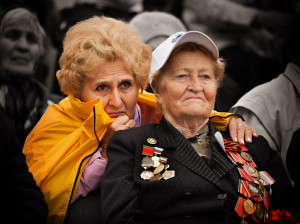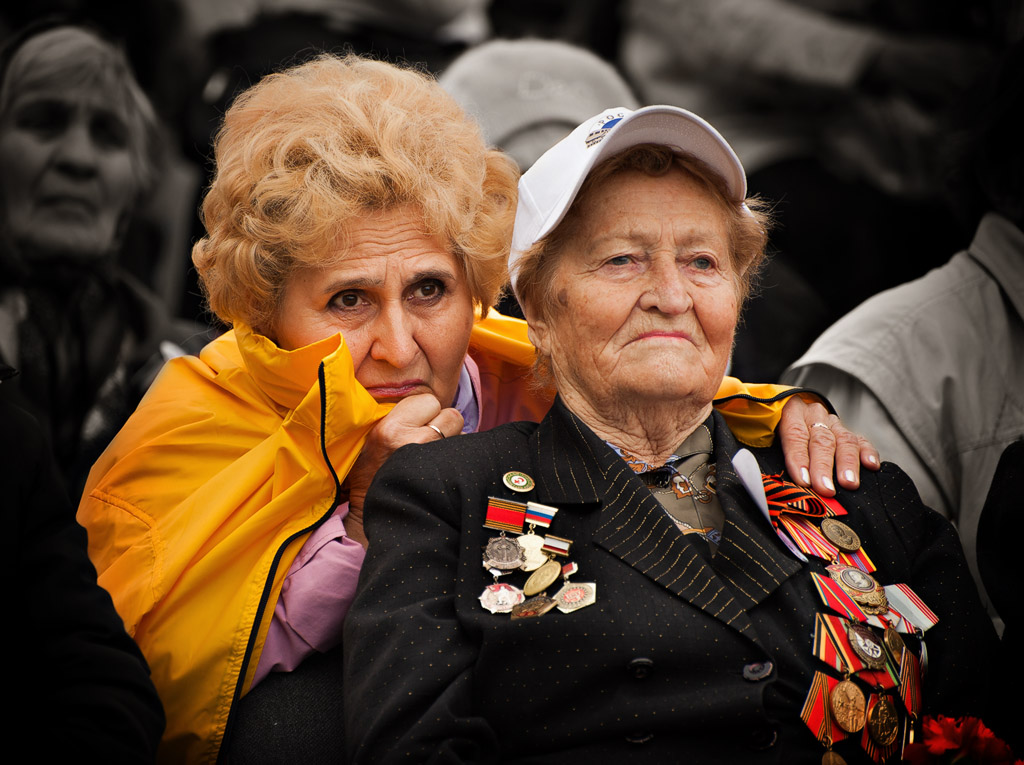>> Since 1919, Americans have paused on November 11 th to remember those who served in our armed forces to protect our freedom and our nation. Originally known as Armistice Day, the holiday became Veterans Day in 1954.
Since 1919, Americans have paused on November 11 th to remember those who served in our armed forces to protect our freedom and our nation. Originally known as Armistice Day, the holiday became Veterans Day in 1954.
America’s population of female veterans continues to rise, as women take on increasingly prominent roles in our military. Today, there are just over 2 million women veterans across the nation and more than 85,000 right here in North Carolina.
Our female veterans deserve not only our gratitude but also all the support and assistance we can provide. Unfortunately, that’s not happening. Female veterans face some of the most serious and unfair challenges out there.
Homelessness: According to 2103 data, there were 4,456 homeless female veterans on any given night. Female veterans are twice as likely to become homeless as civilian women, and women are one of the fastest-growing segments of the homeless veteran population.
Jobs: Female veterans face unique challenges transitioning to the civilian workforce, often juggling family and work. They may also encounter discrimination and prejudice based on their skills and their gender. According to the >>Bureau of Labor Statistics , from September 2014 to September 2015, unemployment among female veterans dropped from 7.9 percent to 5.9 percent – but that is still above the national unemployment rate.
Access to Health Care: According to the >>Boston Globe , the number of women seeking care at Veterans Health Administration (VHA) facilities almost >>doubled between 2003 and 2012, from 200,631 to 362,014 – and is expected to double again by 2020. Women veterans are hurt by the same long wait times that impact male veterans, but many are also impacted by the male-oriented culture of most facilities. The VHA must also ramp up its ability to provide the health services that women need.
Women veterans report significantly higher rates of unintended pregnancy, rape, and domestic violence than civilian women. It is harder for them to access contraceptives and other reproductive services, including abortions – even in the case of rape or incest.
Sexual Trauma/Assault: According to the VA, nearly 1 in 4 female VHA patients has been sexually assaulted or sexually harassed while on duty. A Rand Corporation >>study estimated that about 19,000 active-duty servicewomen suffered unwanted sexual contact in 2014. Those experiences leave scars – physical and emotional – for which it is often difficult to receive benefits or treatment.
PTSD: Post-Traumatic Stress Disorder (PTSD) presents differently in female veterans and often results from sexual assault or trauma suffered while on duty. PTSD can make it difficult for veterans to find work or even to manage day-to-day life. Frustratingly, many women veterans are denied VA benefits for years and must endure mountains of paperwork to fight for disability.
Long-Term Injuries: Female veterans are also more likely than their male counterparts to suffer from musculoskeletal damage, particularly in their backs, hips, and feet. Some of these long-lasting injuries are the result of gear that is designed for men and doesn’t fit women properly. According to the >>Boston Globe’s research, women in the Air Force don’t have access to female-specific body armor. The Army has 2,963 female-specific body armor vests for more than 74,000 female soldiers. Some female soldiers don’t even have access to women’s boots.
This Veteran’s Day, we should take an extra moment to pause and honor our fellow women who have served our country. But, we shouldn’t stop there. We should get involved in our local veteran’s organizations and write our congressional representatives. We should make sure these women – who have sacrificed so much – are given their due. Not just on Veteran’s Day, but every day.

There are no comments
Add yours